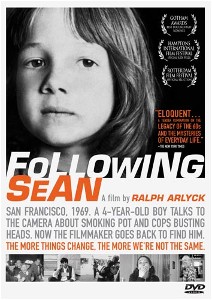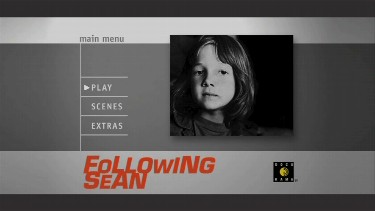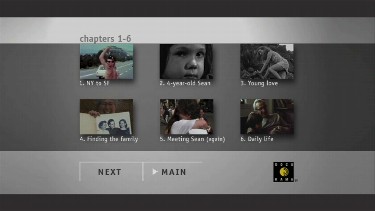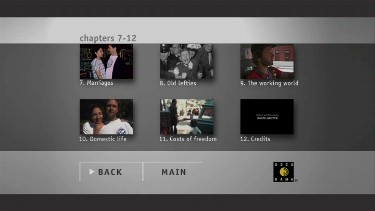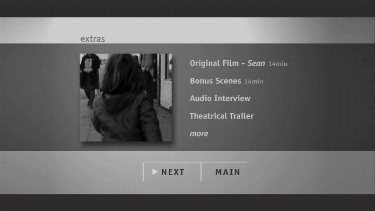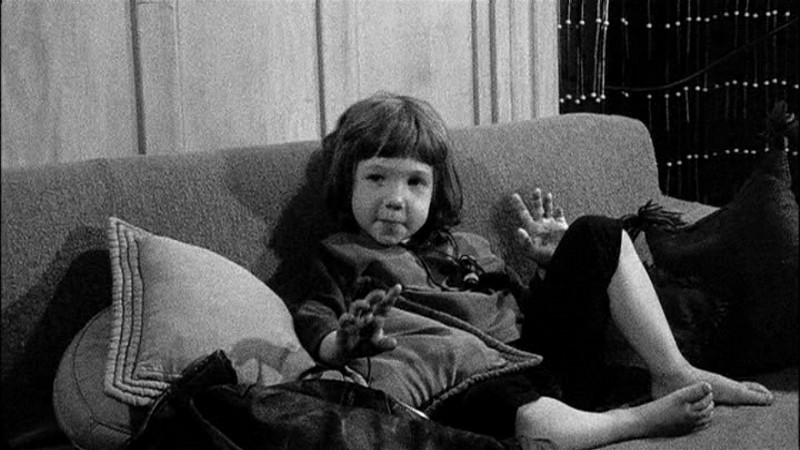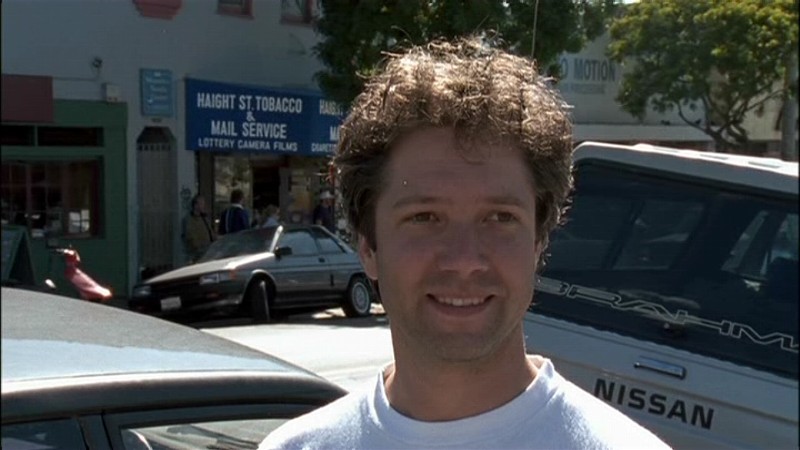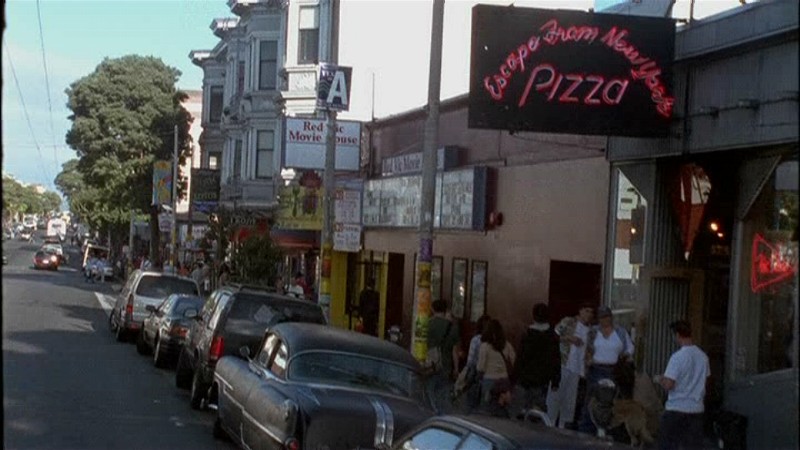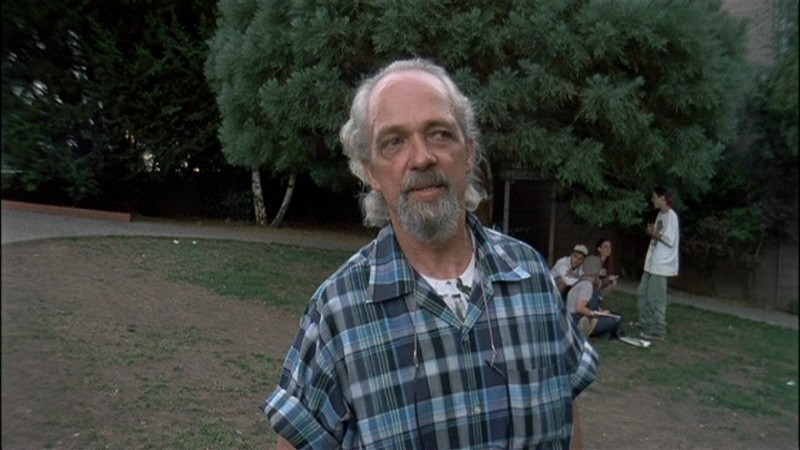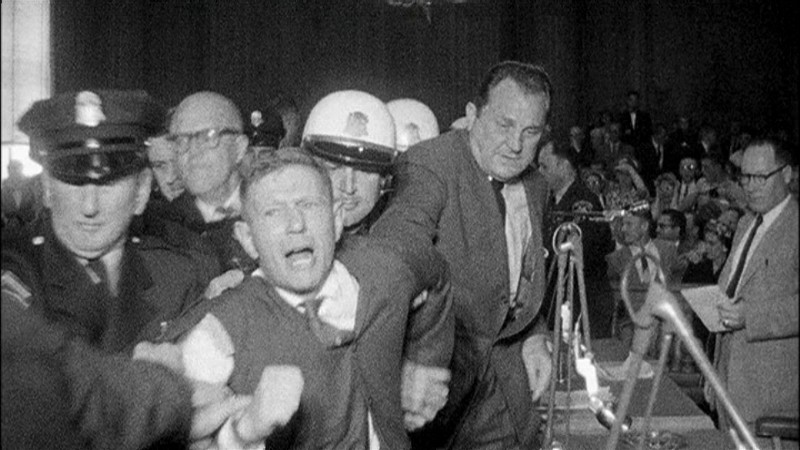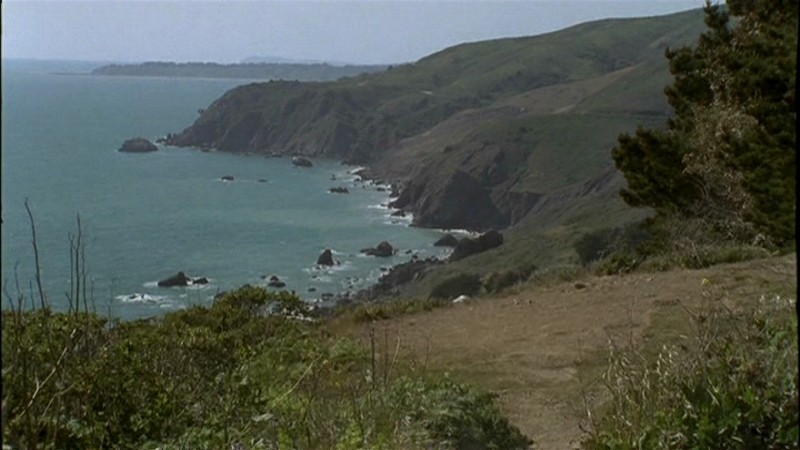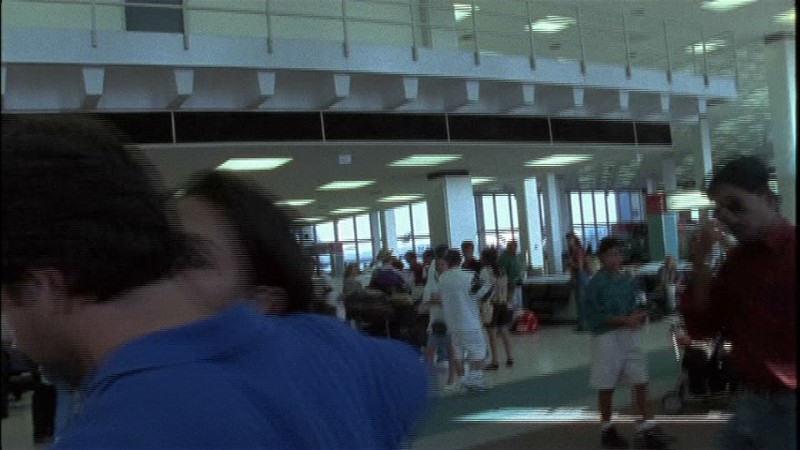![]()
![]()

![]()
![]()
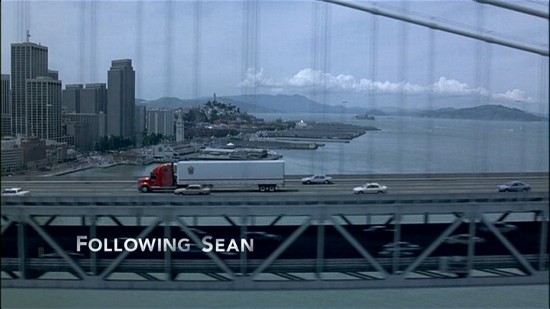
directed by Ralph Arlyck
USA 2005
In 1969, student filmmaker Ralph Arlyck released the short documentary “Sean” to much acclaim and controversy. The title character, a four year growing up in the now legendary Haight-Ashbury neighborhood of San Francisco, spoke openly about his hippie Communist parents, his hatred for cops and even claimed to smoke pot, though he said he preferred to eat it. “Sean” played widely at festivals and prompted viewers to predict that little Sean would grow to be either a serial killer or a stock broker (one of which generally involves being a sociopath.)
Twenty five years later, Arlyck, still making films for a living, decided to catch up with Sean to see if any of the dire predictions came true. Arlyck instead encounters a thirty-one year old working Joe who likes to hang out with his buddies and go shooting. Arlyck follows Sean off and on over the next ten years, and also catches up with Sean’s parents: the mother (Susie) who has moved on in life, and the father (Johnny) who still clings to his rebellious anti-capitalist youth.
As shooting progresses, Sean gets married, has kids and keeps on working: it’s the last part that Sean’s dad has trouble with. Arlyck devotes as much attention to his own life as to Sean’s, particularly his marriage to Elizabeth who moves to France for a prolonged teaching gig thus putting their long-term relationship through the wringer. Following in the footsteps of Ross McElwee, Arlyck uses a poetic voice-over to stitch together multiple sources: home movies, archival footage, and newly shot material. But his contemplation on the relationship of past and present (using the magic of editing to instantly traverse 30 year spans) plays much more like Robb Moss’ magnificent film “The Same River Twice” (2003).
Arlyck doesn’t unearth as many profundities in his time-leaping meditation as Moss did. His footage of 1960s Haight-Ashbury is limited aside from the “Sean” film, and the contemporary Sean remains more of an aloof figure than a point of identification. What are we to make of the fact that yesterday’s hippie spawn is today’s middle class working stiff? Does this represent the petering-out of a movement (the “crest of a wave” turned back as Hunter Thompson described it) or just the inevitable differences between generations? These are fertile fields, but the film never digs deeply into them. Arlyck’s personal diary doesn’t dovetail well with the rest of the footage: the film is a perpetual tug of war between first person and objective points of view, leaving a fractured narrative line in its wake.
If it’s not quite profound, it’s still pretty compelling material. Johnny, Sean’s father, emerges as the most perplexing and intriguing character. Viewers will either see him as a purist who never sold out or a failed ex-hippie who has to mooch off his son so he can afford to rant about the evils of the bourgeoisie, or perhaps a little bit of both. Also, Arlyck’s dewy-eyed nostalgic look back at Sean’s “honest to goodness American Communist” grandparents (including grandfather Arch who testified before the Senate) serves as a much needed palliative to Ann Coulter’s dewy-eyed, panty-moistened nostalgic exhumation of Joe McCarthy.
Poster
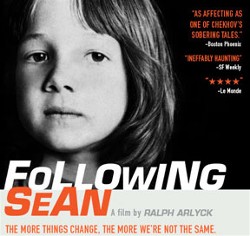 |
Theatrical Release: Jan 13, 2006 (USA)
Reviews More Reviews DVD Reviews
DVD Review: New Video Group - Region 1 - NTSC
Big thanks to Christopher Long for the Review!
| DVD Box Cover |
|
CLICK to order from: |
| Distribution |
New Video Group Region 1 - NTSC |
|
| Runtime | 1:27:30. | |
| Video |
1.78:1 Original Aspect Ratio
16X9 enhanced |
|
|
NOTE: The Vertical axis represents the bits transferred per second. The Horizontal is the time in minutes. |
||
| Bitrate |
|
|
| Audio | English (DD 2.0) | |
| Subtitles | none | |
| Features |
Release Information: Studio: New Video Group Aspect Ratio:
Edition Details: Chapters 12 |
|
| Comments: |
The transfer is not progressive, and features numerous examples of combing (see below.) The image quality varies with the multiple sources: grainy black and white stock from the 60s, even grainier archival footage, and new color material which varies in quality throughout as you might expect from a movie shot over the course of ten years.
The DVD includes the original film “Sean” (1969, 14 min.) that
served as the genesis for the project. “Following Sean” uses
several scenes from this short, but it’s still nice to have it
available in its entirety. Other features include Additional
Scenes (14 min.) and an audio interview (20 min.) with Arlyck on
Minnesota Public Radio from March 2006. The audio interview did
not work on my copy of the DVD, but I have no idea if that was
unique to my copy or a broader production problem. |
DVD Menus
|
|
|
|
|
|
 |
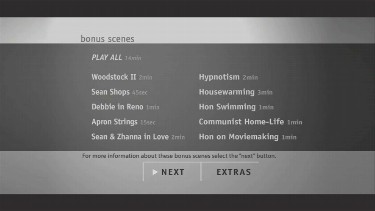 |
Screen Captures
First two pics show Sean at Age 4 and at age 31
|
|
|
|
|
|
|
|
|
|
|
|
Example of combing
|
|
| DVD Box Cover |
|
CLICK to order from: |
| Distribution |
New Video Group Region 1 - NTSC |
|
![]()
![]()
![]()
![]()
